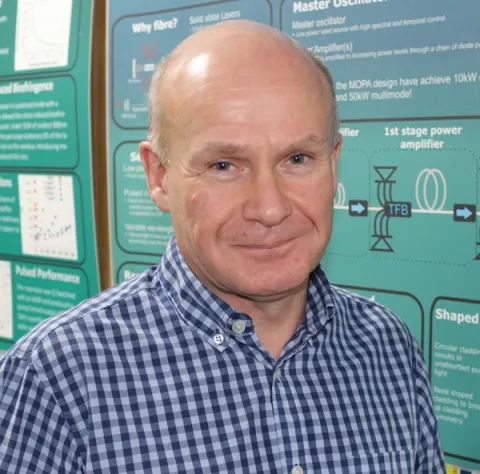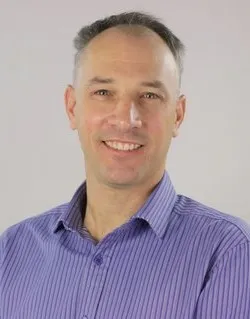About the project
This project will investigate a new approach for generating very high output power from fibre lasers in the visible and ultraviolet wavelength regime with the ambition of demonstrating levels of performance in terms of power, efficiency and wavelength flexibility that go well beyond the capabilities of the current state-of-the-art. The work is motivated mainly by the growing demands of laser-based manufacturing, and particularly additive manufacturing (3D printing), for high power laser sources in the visible band due to significantly greater absorption in important metals, such as copper.
The project will explore a novel scheme for internal nonlinear frequency conversion that can be used with cladding-pumped fibre lasers. One of the aims is to show that this scheme is compatible with kilowatt-class power generation in the green and that it offers the flexibility to address the needs for high power levels at other wavelengths in the visible band and the ultraviolet band. The improved performance will directly benefit applications in laser-based manufacturing where enhanced absorption at visible wavelengths is crucial, as well as many other applications. The project will involve a detailed study into the physics of frequency-converted fibre lasers operated at very high power levels to establish a power scaling strategy and the fundamental limits. Laser architectures that are compatible with coherent beam combination to allow scaling beyond the fundamental limits of a single fibre will also be investigated.
This research will be supported by an EPSRC Studentship with the possibility of additional industrial sponsorship in the form of a CASE studentship. As such the project will involve close collaboration with one of the world’s leading fibre laser manufacturers based in the UK.

